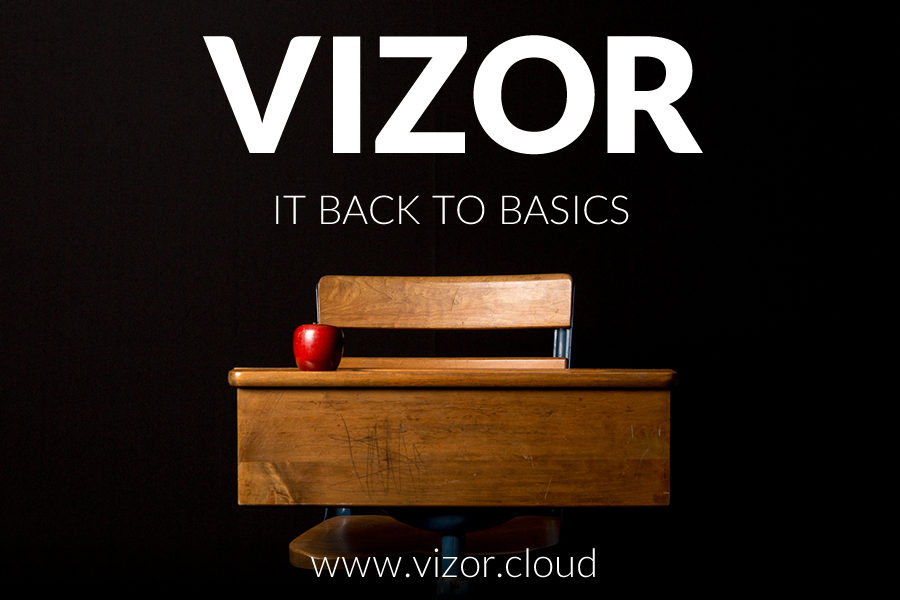Joined up infrastructure management
We are often struck by the gulf that exists in most organizations between reality and the idealized picture of totally integrated infrastructure management, in which Change Management, Service Management, Incident and Problem Management and IT Asset Management all tie neatly together.
Underfunding, short horizons for planning, rapid organic growth forced by merger or acquisition, and the overwhelming pressure to keep the lights on today – these are often today’s realities. They combine to demand all the manpower and time resources which would be needed for making progress toward the joined up scenario.
Evolution or Revolution?
Outsourcing the whole spectrum of infrastructure management needs is one response. Adopting a pragmatic, stepwise approach of continuous improvement is another, and one which we are seeing more frequently.
Software Asset Management and Optimization
Within manpower and time constraints, it is often a significant achievement simply to generate an accurate, frequently refreshed, IT asset database. Building onto this, maybe the organization will make its next priority to pro-actively manage its software assets, looking to minimize costs while ensuring compliance. So monitoring actual usage, and aligning license quantities with true requirements, are the next activities. It might take six months to make significant progress, even a year, but along the way there are likely to be significant wins.
Change Management
Change Management will always have been present to a degree, but often unstructured and informal. Introducing disciplined workflows and processes will also reveal gaps in staffing – for example where additional resource must be allocated to configuration control and testing changes across all affected platforms. Change Management can also be a trigger for introducing a level of Chargeback, as part of the response to requests for change from specific departments. Often, user departments have no idea of the full cost of implementing their request for IT to roll out a new application – or even a new version. Often, the organization itself has no accurate figures either.
Tight budgets favor evolution
We suspect the current economic climate favors evolution, rather than revolution, in the pursuit of joined-up infrastructure management, with each step delivering a new set of economic and organizational rewards. It’s what we are seeing in our customers.





